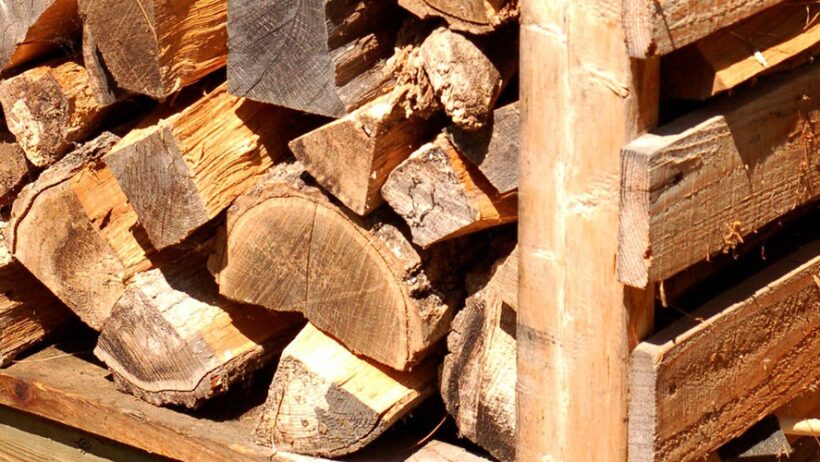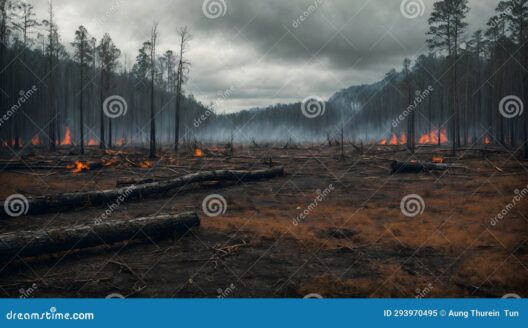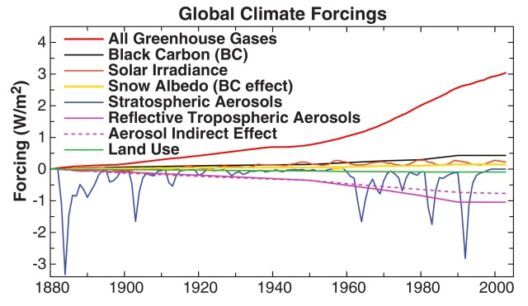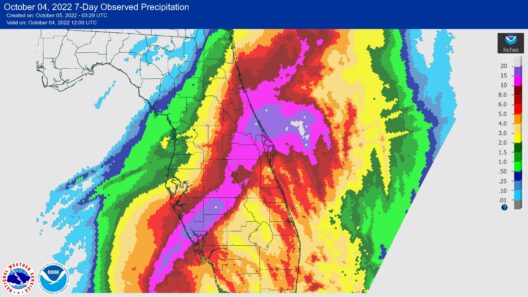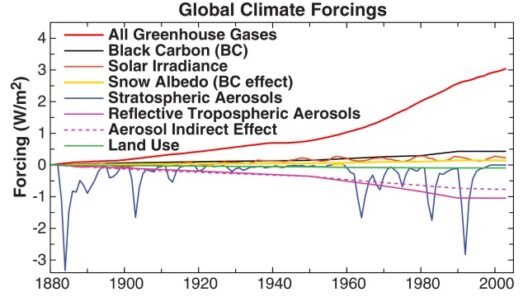In contemporary discussions about energy consumption and greenhouse gas emissions, the practice of burning firewood deserves scrutiny. While many regard it as a quaint, eco-friendly alternative to fossil fuels, the reality is nuanced. The act of burning firewood has implications for carbon emissions, air quality, and overall environmental impact. This article explores whether burning firewood contributes to global warming, examining both its ecological footprints and sustainable practices.
The Carbon Cycle and Firewood
Understanding the relationship between firewood and carbon emissions necessitates a grasp of the carbon cycle. Trees absorb carbon dioxide (CO2) from the atmosphere during photosynthesis, sequestering this greenhouse gas over their lifespans. When wood is burned, the stored carbon is released back into the atmosphere. This cyclical process raises the question: does burning firewood fundamentally add to global warming?
In theory, firewood is carbon-neutral. If harvested sustainably and replaced by new growth, the CO2 emitted by burning firewood can potentially be offset by the CO2 absorbed by growing trees. However, this ideal scenario assumes responsible forestry practices. Unsustainable logging practices can lead to deforestation, diminishing the natural carbon sinks vital to climate stability.
Emissions from Burning Firewood
While wood burning does release carbon dioxide, it also emits other pollutants, such as particulate matter, volatile organic compounds (VOCs), and nitrogen oxides (NOx). These pollutants can significantly deteriorate air quality, posing health risks and contributing to atmospheric warming. Particulate matter is particularly concerning; it can lead to respiratory issues and cardiovascular diseases.
The efficiency of the wood-burning appliance also plays a crucial role in emissions. Traditional open fires and inefficient stoves can generate more smoke and pollutants compared to modern wood-burning technologies, such as EPA-certified stoves. These advanced systems maximize combustion efficiency and minimize emissions, highlighting the importance of adopting improved technology for environmentally conscious wood burning.
Types of Firewood and Environmental Impact
Not all firewood is created equal. The type of wood burned can influence the extent of its environmental impact. Hardwood species like oak and maple typically deliver more heat per volume and burn more cleanly than softer woods like pine or fir, which may produce more creosote and smoke. Furthermore, the moisture content of firewood is pivotal; seasoned wood has lower moisture content, resulting in a cleaner burn. Conversely, burning wet or unseasoned wood contributes to increased emissions and air pollution.
Local vs. Imported Firewood
Using locally sourced firewood can mitigate some environmental concerns associated with long-distance transportation. Importing firewood not only increases the carbon footprint due to transportation emissions but can also introduce pests and diseases that threaten local ecosystems. Thus, selecting firewood from local sources can contribute to a more sustainable practice that fortifies community resilience and supports local forestry management efforts.
Alternative Sustainable Practices
To navigate the environmental complexities of firewood, individuals can implement sustainable practices. Participating in responsible harvesting of wood, engaging in reforestation, and utilizing by-products from logging practices can reduce negative impacts. Furthermore, complementing wood burning with other eco-friendly energy sources—like solar or wind power—could create a more balanced energy portfolio, lowering reliance on any single source that contributes to global warming.
Carbon Offsetting through Reforestation
Carbon offsetting presents another viable option. For every tree harvested, planting a new one can help reestablish the carbon cycle. Engaging in community forestry initiatives or supporting conservation efforts can enable the restoration of ecosystems affected by deforestation, helping to bolster biodiversity and enhance carbon sequestration capabilities.
The Role of Policy and Regulation
The regulatory framework governing wood burning plays an integral role in mitigating its environmental impacts. Governments can incentivize sustainable forestry practices and promote the use of clean-burning technologies. Implementing stricter emissions standards for wood-burning appliances can substantially reduce the amount of particulate matter and other harmful emissions released into the atmosphere.
Community Awareness and Education
Raising community awareness about the implications of burning firewood is crucial. Educational programs can inform homeowners about the benefits of using seasoned wood, the importance of maintaining efficient burning appliances, and the vital role of local sourcing. An informed community is better equipped to make sustainable decisions that align with broader climate goals.
Conclusion
Burning firewood, while often perceived as an eco-friendly practice, is a double-edged sword. Its contributions to global warming and air pollution cannot be overlooked, especially when considering inefficient practices and unsustainable sourcing. However, by embracing improved technologies, responsible harvesting, and community-oriented initiatives, individuals can mitigate the adverse effects associated with firewood use. Ultimately, understanding the complex interplay between firewood and environmental health is essential for making informed choices that support climate stability.


